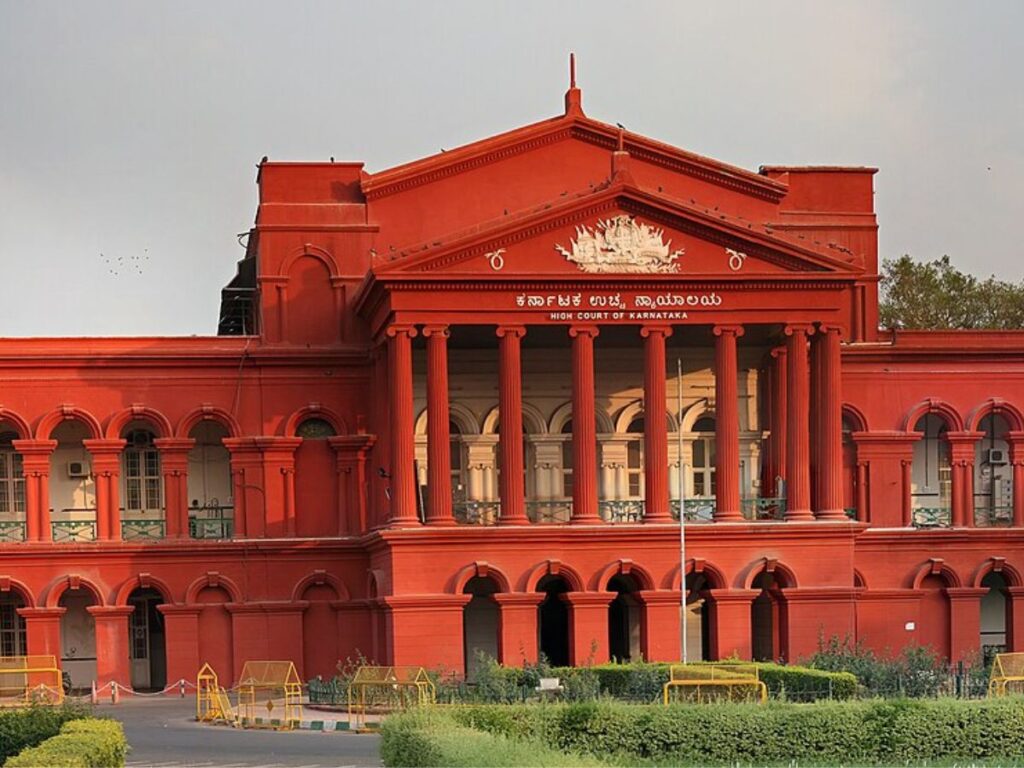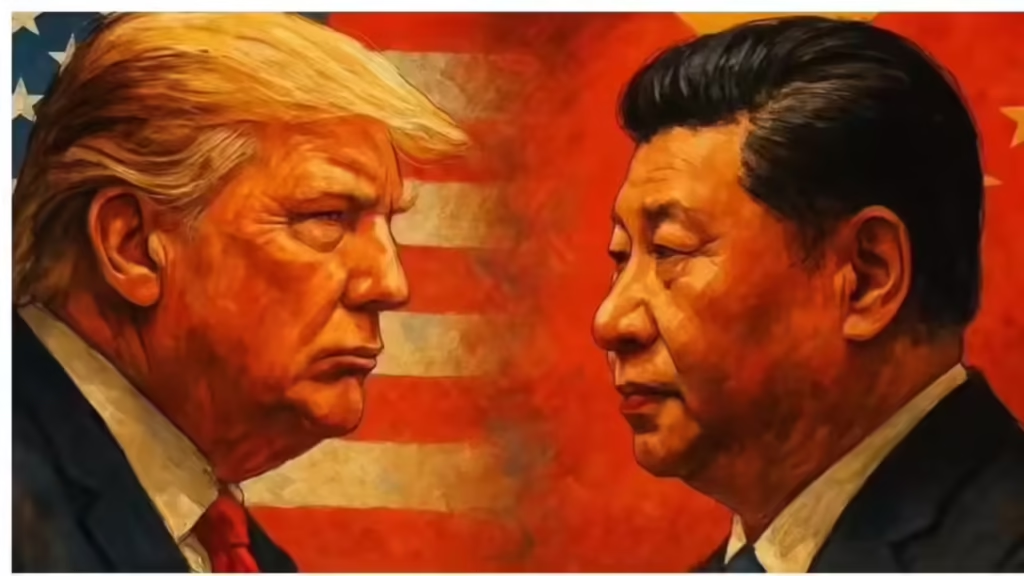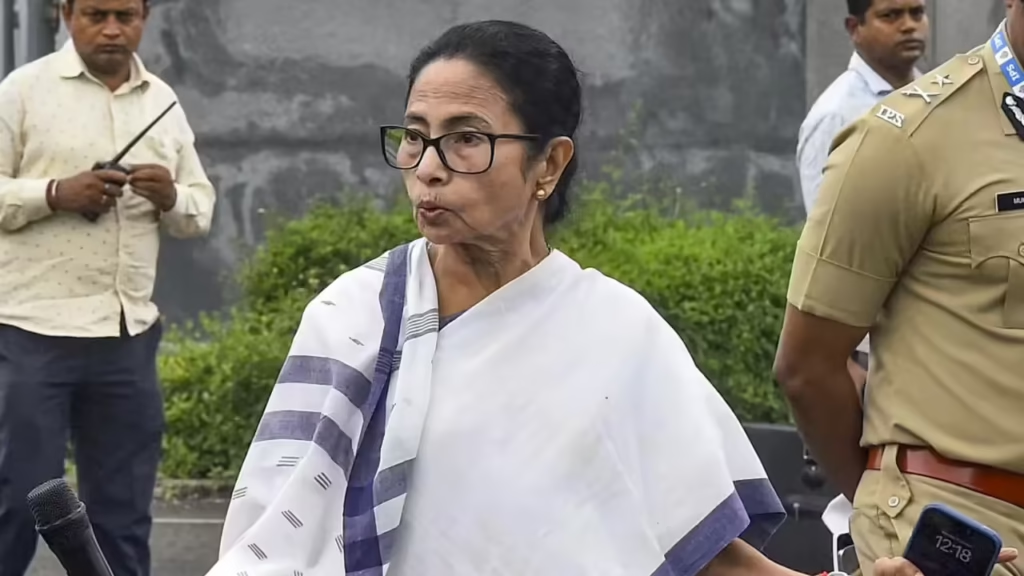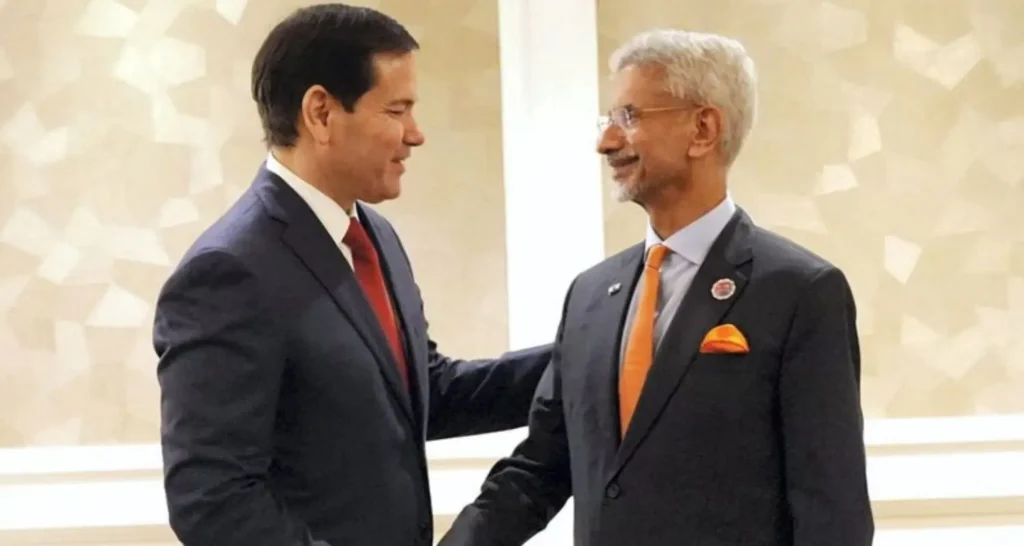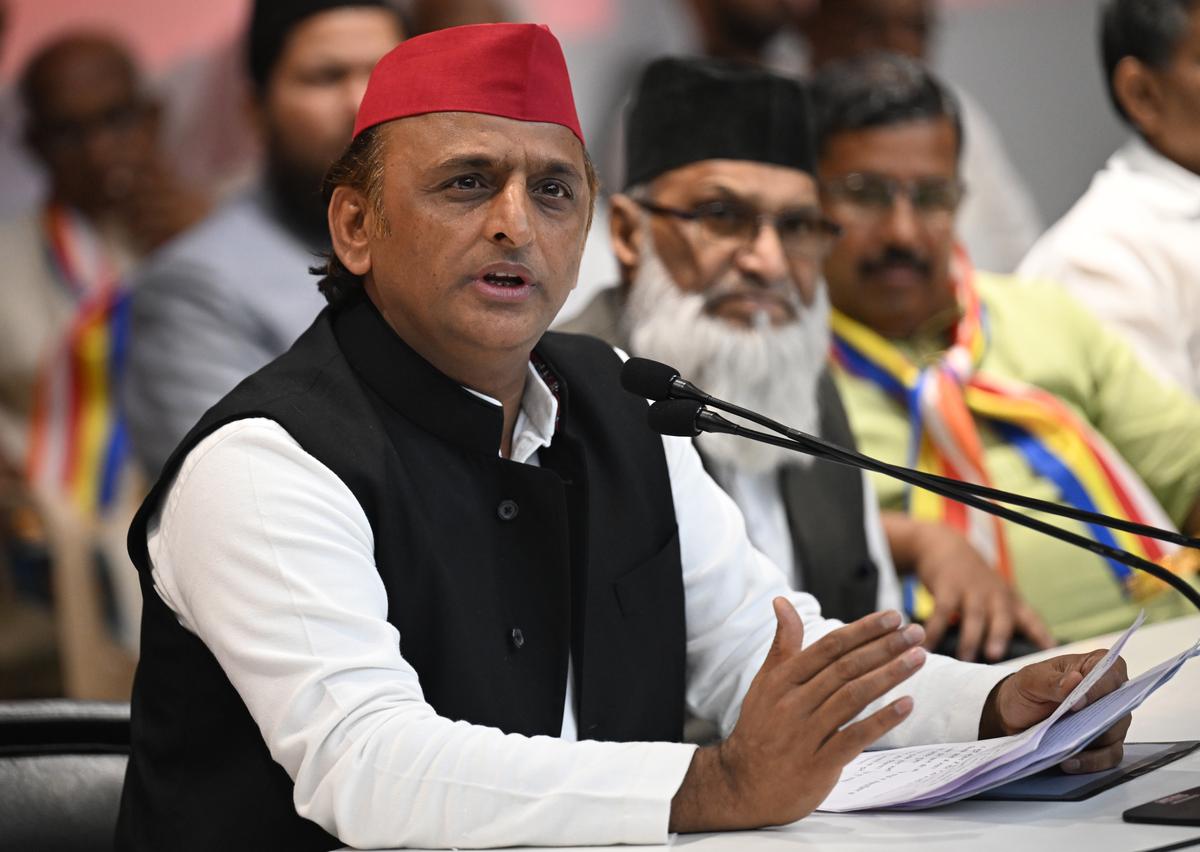Now Reading: India’s Measured Response to Trump’s 50% Tariff: Rajnath Singh Explains Strategic Restraint
-
01
India’s Measured Response to Trump’s 50% Tariff: Rajnath Singh Explains Strategic Restraint
India’s Measured Response to Trump’s 50% Tariff: Rajnath Singh Explains Strategic Restraint
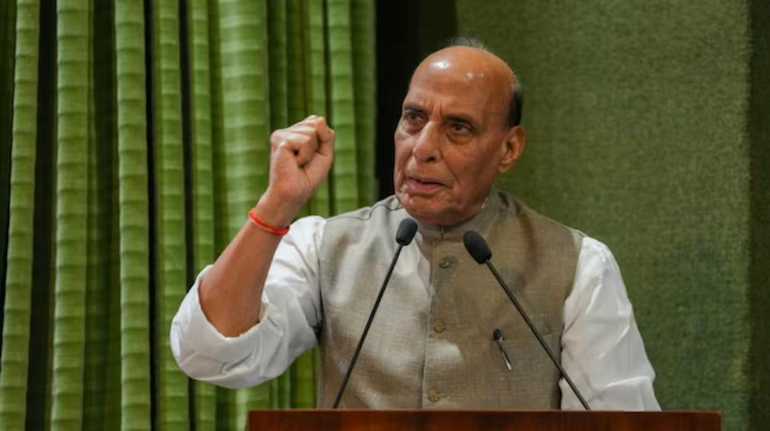
In the face of a steep 50% tariff imposed by former U.S. President Donald Trump, India chose a path of strategic restraint rather than immediate retaliation. Defence Minister Rajnath Singh, during his visit to Morocco, articulated this approach, emphasizing India’s “broad-minded and big-hearted” stance in international relations. This measured response underscores India’s commitment to diplomacy and long-term strategic interests over impulsive reactions.
Background of the Tariff Imposition
In August 2025, the Trump administration levied a 50% tariff on Indian exports, citing concerns over India’s continued purchase of Russian oil amid the ongoing Ukraine conflict. This move significantly impacted key sectors of the Indian economy, including textiles, gems, and pharmaceuticals, leading to a sharp decline in exports to the U.S.
India’s Strategic Restraint
Defence Minister Rajnath Singh explained that India’s decision to refrain from immediate retaliation was rooted in a philosophy of patience and strategic foresight. Speaking to the Indian community in Morocco, he stated, “We did not respond right away. Those who are broad-minded and big-hearted do not react immediately.” This approach reflects India’s preference for dialogue and constructive engagement over hasty countermeasures
Diplomatic Engagements and Future Prospects
Despite the tariff imposition, India has maintained open channels for dialogue with the United States. Recent trade discussions have been described as “positive” and “forward-looking,” with both nations expressing a willingness to resolve issues through negotiations . India’s Chief Economic Adviser also indicated that the U.S. may ease the tariffs in the near future, signaling a potential thaw in trade relations .
Implications for Tier-2 Cities and Broader Economy
The impact of the U.S. tariffs has been felt across India, including in Tier-2 cities where industries such as textiles and small-scale manufacturing are prevalent. These sectors have experienced disruptions due to decreased demand and increased costs. However, India’s strategic restraint aims to stabilize these industries by avoiding further escalation and fostering an environment conducive to recovery and growth.
Conclusion
India’s measured response to the U.S. tariff imposition reflects a commitment to strategic diplomacy and long-term economic stability. By choosing restraint over retaliation, India has positioned itself as a responsible global actor, focused on constructive engagement and sustainable growth. As trade discussions continue, the emphasis remains on dialogue and mutual respect, aiming to resolve differences and strengthen bilateral ties.




